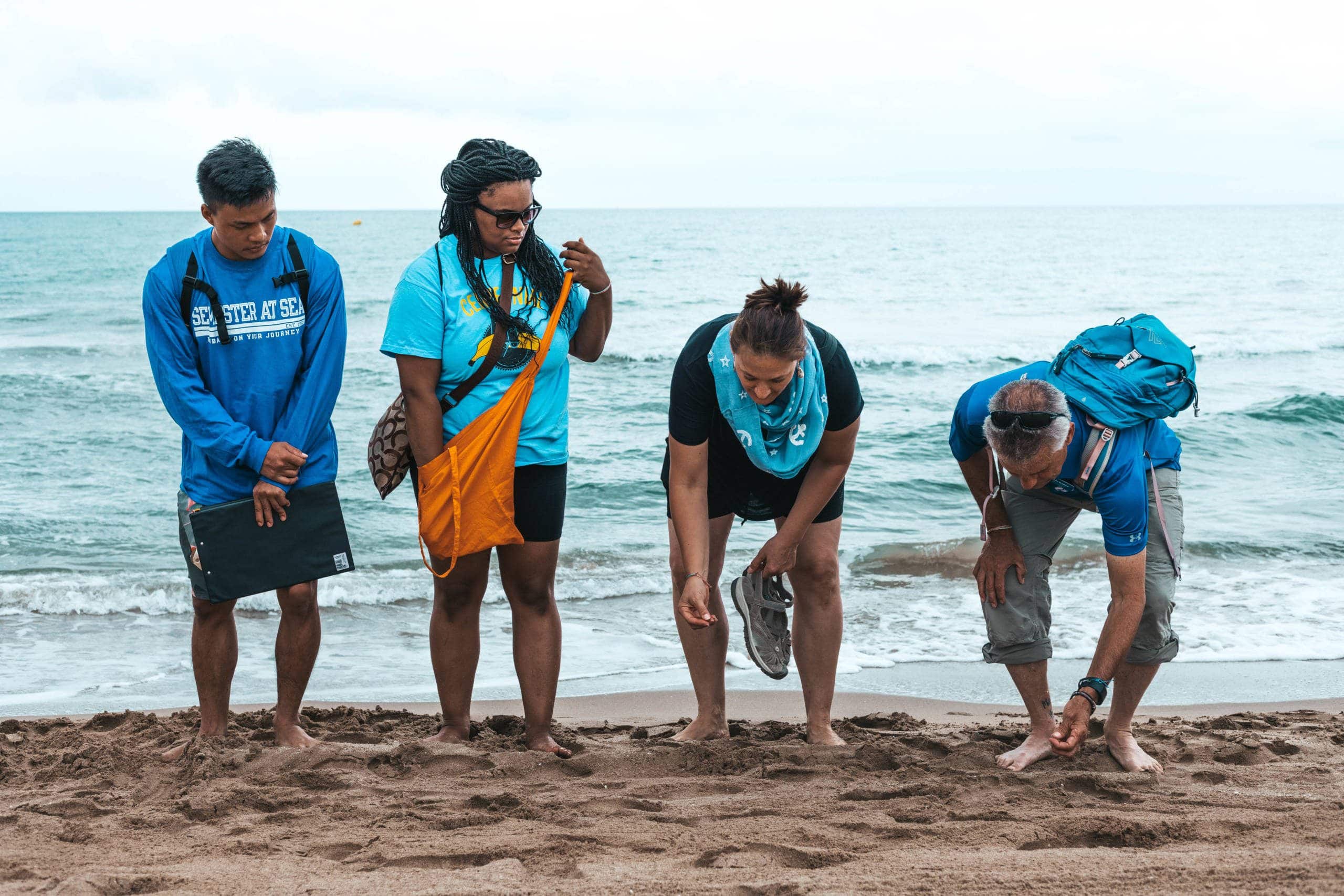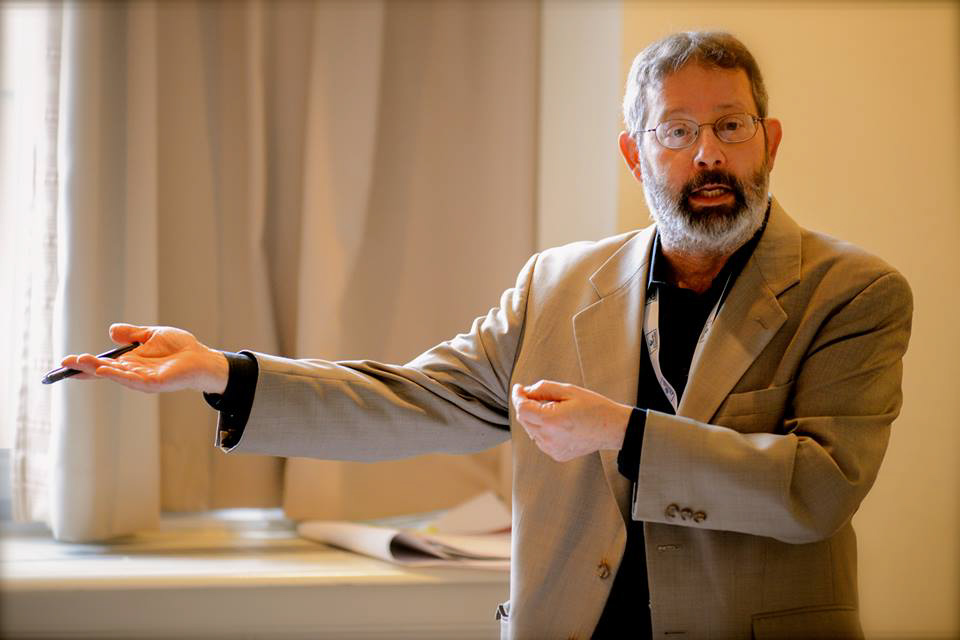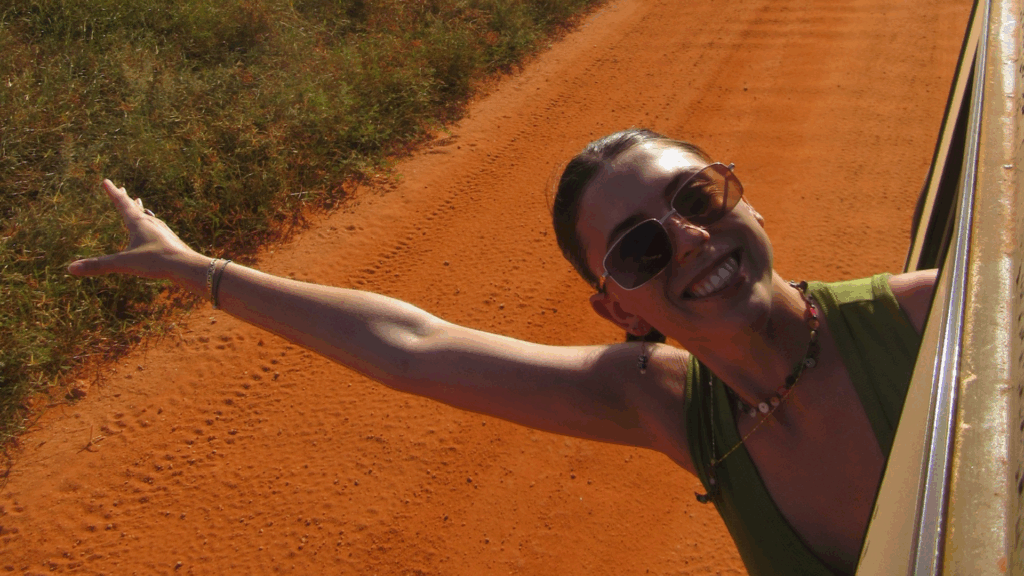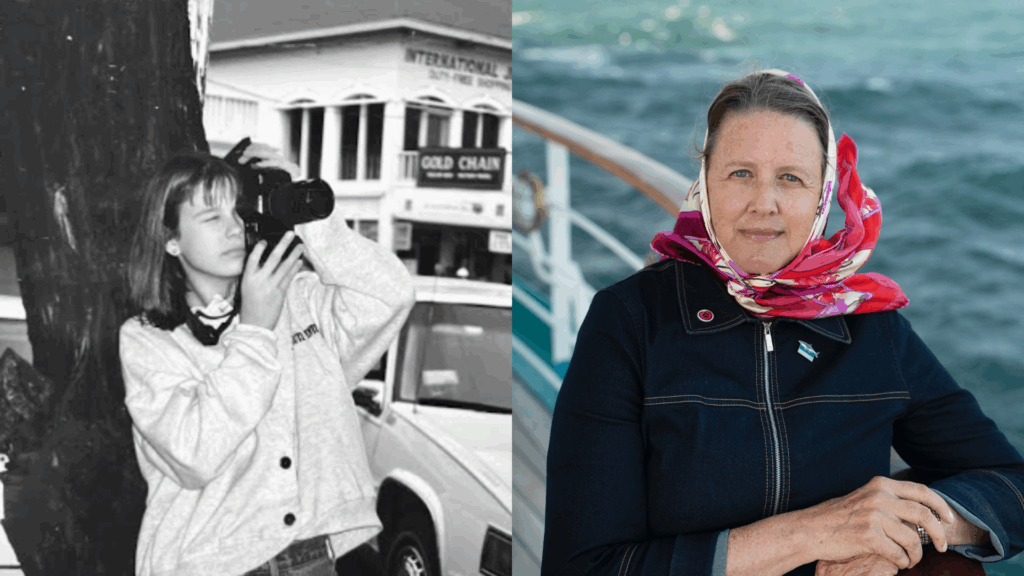Fall 2018 Voyagers disembarked the MV World Odyssey Sept. 15, 2018 for the first time since embarkation to explore the country of Spain. A large group of students participated in one of Semester at Sea’s new programs made possible by the Braun/Glazer Ocean Conservation Sustainability Program and centered around environmental sustainability and ocean awareness: a trip to CRAM (the acronym in Catalan for the Conservaci√≥ i Recuperaci√≥ d’Animals Marins), to learn about marine pollution and dolphin conservation.
According to their website, the mission of CRAM is to protect marine biodiversity through the local actions of volunteers and residents near the Catalonian coast. Because of their efforts to educate others on ocean sustainability, more than 60 marine turtles have been recovered and released, and more than 400 dolphin and whale assessments have been completed.
Irene Vuesa has been a volunteer for over two years and reiterated the importance of their mission.
“Ocean survival is also our own survival,” she said. “Knowing the impact we humans have in the world is important to know and be aware of so we can minimize it as much as possible.”
No stranger to the ocean and sustainability is Dr. Janet Six, a faculty member sailing on the Fall Voyage who specializes in pre- and post-contact archaeology in Hawaii. Although not present for the program, she offered her expertise on the importance of dolphin conservation.
“We tend to identify with porpoises and dolphins because they have very human-like characteristics,” she said. “They’re very smart, they like to ride the waves and they’re very playful.
But on a larger scale, they’re an indicator of the health of the ocean,” she added.
The ‘health of the ocean’ was the theme of the day-long program, in which students began by surveying a local beach and picking up debris while documenting what type of litter it was and how far from the shoreline it was located.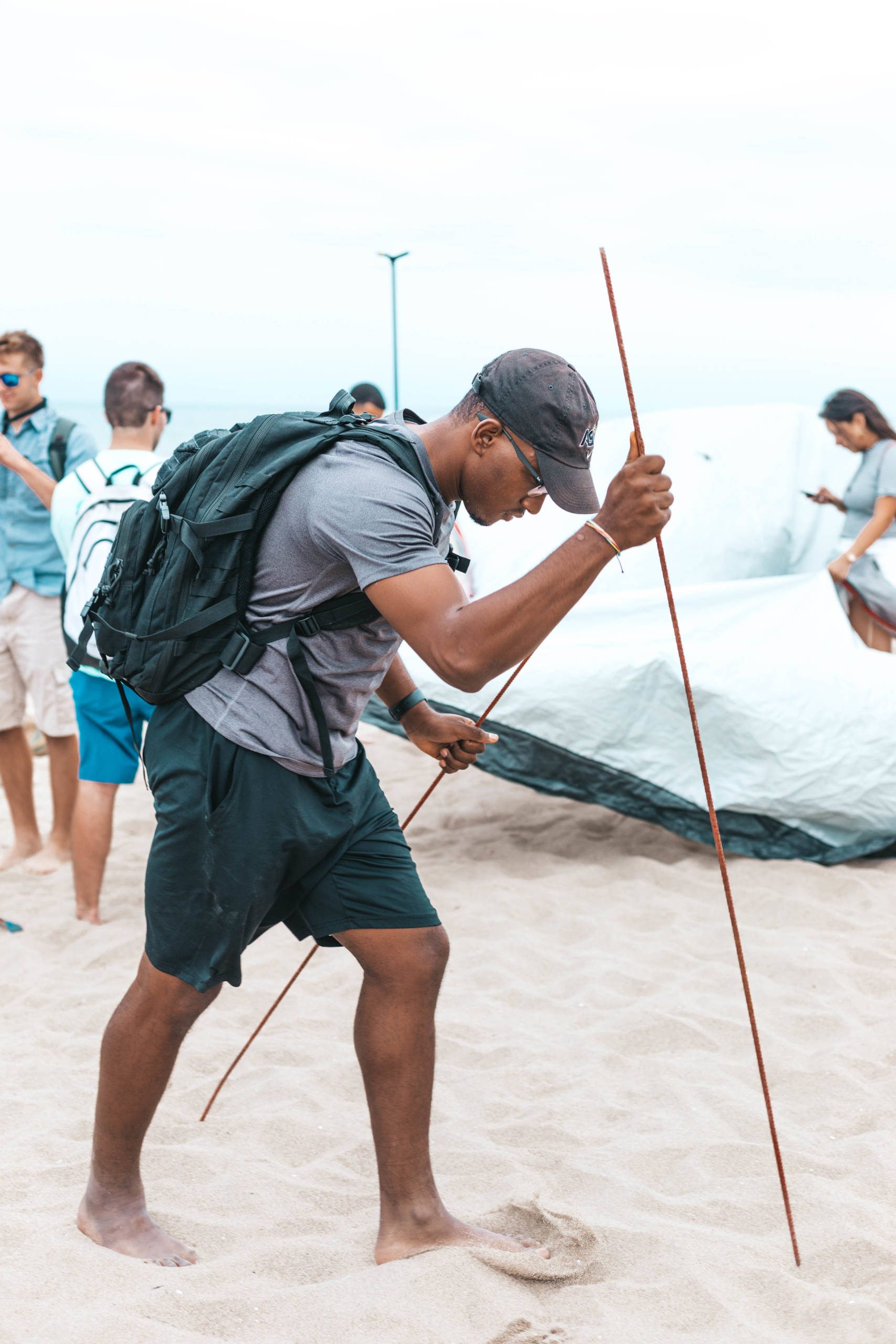
When it came time to start, Sadeja Harper couldn’t hold back a smile as she took her shoes off and let her feed sink into the sand. This was her very first time seeing an ocean.
“It was amazing. I was picking up trash, but I was so content, I wanted to pick up more trash!” she said with a laugh. “We could have stayed there all day and I would have been satisfied.”
After picking up and identifying ocean pollution, students performed a dolphin rescue drill where they learned how to react if they saw a dolphin on shore or in distress.
Jim Fowler, a junior at the University of Louisville, Kentucky, was one of the first to volunteer to go into the water.
“I love the ocean. Anything that has to do with the water I’ve at least done it once, so hanging out on the beach and talking about marine wildlife–this course was right up my alley,” he said.
A three-time voyager, this is the first year Fowler is participating in the program as a student. After sailing in 2011 and 2013 as a depending child, Fowler is currently pursuing a degree in Mechanical Engineering.
“My parents brought me this National Geographic book on the Titanic when I was six, and I learned to love ocean engineering after reading that book,” he said.
After leaving the beach, students returned to the ship to reflect on their first day on shore of the voyage.
“The earth is 71% water and 99% of that water is in the ocean. It’s literally the life blood of the world. If we aren’t taking care of the ocean we aren’t taking care of ourselves,” Fowler said.
An insightful day for some, but a monumental day for others.
“How many people can say they ”saved a dolphin’ their first time on a beach?” said Harper, still beaming as she parted ways with the ocean shore.
